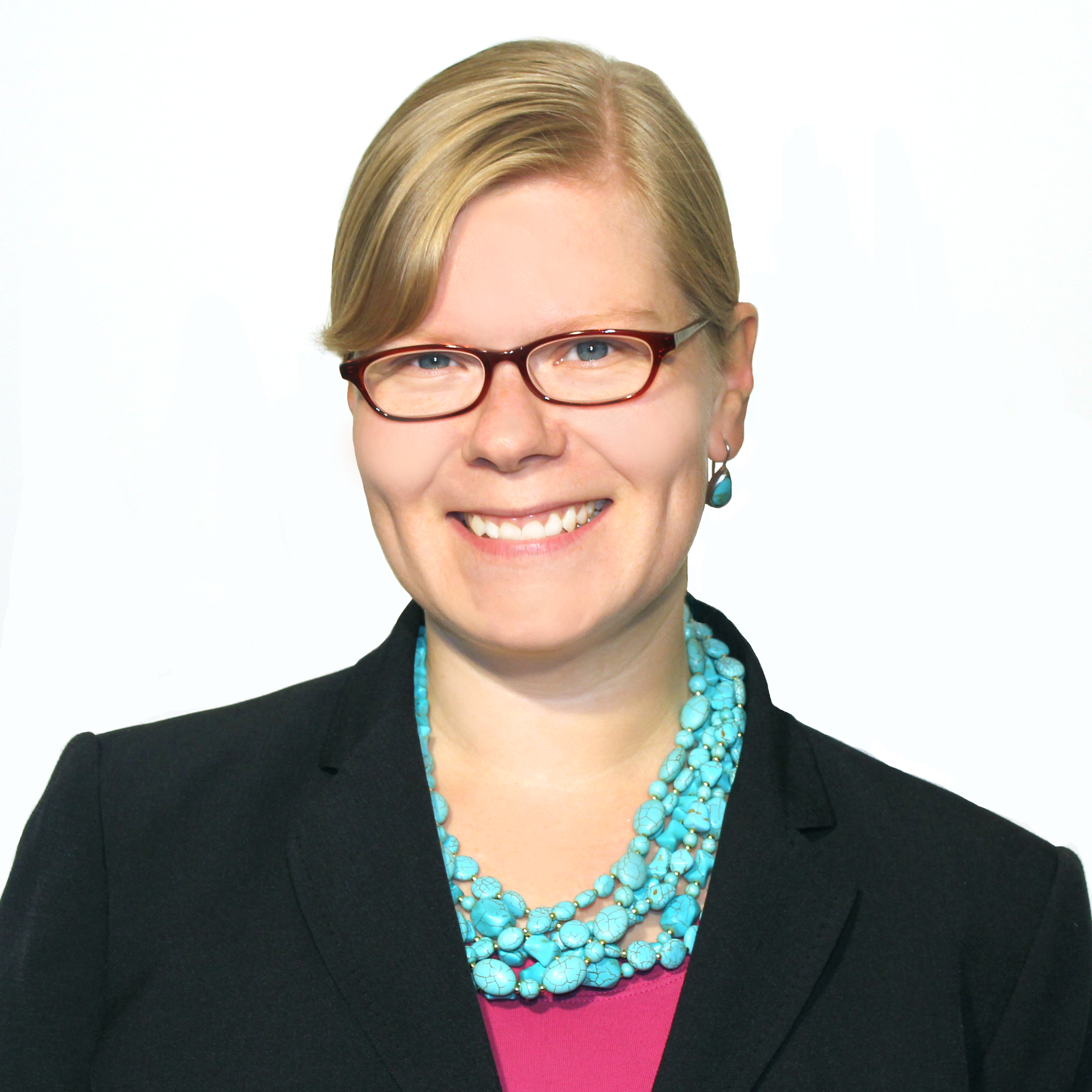 Four Ways Philanthropy Can Support School Integration
Four Ways Philanthropy Can Support School Integration
By Halley Potter, Fellow at The Century Foundation
This is an exciting time for school integration, nationally and in New York City.
Media coverage, public attention, and policy interest related to school integration are growing. At the federal level, U.S. Secretary of Education John King, Jr. has identified school diversity as a top priority and led a number of federal policies and proposals to incentivize and support voluntary, locally-driven school integration efforts. And after a 2014 report found that New York State’s schools are the most segregated in the country, parents, principals, and students are leading grassroots efforts to promote greater diversity in a number of schools across New York City.
I recently joined a conversation at Philanthropy New York that built on this momentum. PNY’s May 5 event “School Integration in NYC: New Research, Changing Perspectives” brought together researchers, city leaders, and members from the philanthropic community to discuss school integration in New York City.
The event began with background on the latest school integration research and initiatives in New York City. I shared The Century Foundation’s research on the benefits of diverse schools and classrooms and current school integration efforts across the country to provide national context for the discussion. Nicole Mader, education policy research analyst from the Center for New York City Affairs at The New School, provided a map of school and neighborhood segregation in the city, showing places where there are opportunities to have much more diverse schools than currently exist. Council Member Ritchie Torres discussed how the New York City Council has pushed for greater school integration through new diversity reporting requirements. And Josh Wallack, Deputy Chancellor of Strategy and Policy, shared steps that the NYC Department of Education has taken to increase diversity in schools, such as creating weighted lotteries to promote diversity in several district-wide elementary schools, reducing admissions screens in middle and high schools, and expanding dual language programs.
The conversation that followed focused on next steps. How can we translate research into policy? And how can we support and expand burgeoning efforts to diversity schools?
District officials, educators, and parents all have a role to play, but philanthropy can help, too. Here are four ways discussed at the event that private funders can help support school integration in New York City:
- Create opportunities for school and district leaders to share best practices and solve challenges related to school integration. Right now, education leaders in New York City and across the country who are working to increase diversity in public schools have few opportunities to share practices and learn from each other’s experiences. Private foundations could partner with the district and nonprofits to speed the work of integrating schools and ensure this work is done well by organizing efforts for education leaders working on school diversity to meet regularly and to record lessons on successful integration strategies to be shared broadly.
- Provide incentives for changing enrollment patterns to promote integration. Changes to enrollment patterns, whether moving attendance boundaries or changing lottery criteria, can be contentious under any circumstance, and when greater school diversity is the stated goal, getting political support for changing the status quo can be challenging. Private funders could provide grants to support new programming in schools that commit to diversify enrollment—similar to the New York State Socioeconomic Integration Pilot Program grants.
- Supply resources for school-level practices. Successful integration means making sure that diversity and equity reach down to the classroom level. Foundations could help diverse schools achieve the full benefits of integration by funding implementation of culturally responsive curriculum and pedagogy and training on strategies for differentiating instruction in integrated settings.
- Support analyses of citywide demographics. Mapping projects, that look at school populations, residential populations, and school boundaries—like the research produced by the Center for New York City Affairs at The New School—can help reveal the opportunities and obstacles for school integration. Private funders can support this work.
PNY will host a second discussion on school integration, focusing on promising practices and approaches to school integration, in the fall. In the meantime, it is not too early for education funders to start thinking about how they might make school diversity a greater priority in their work.
